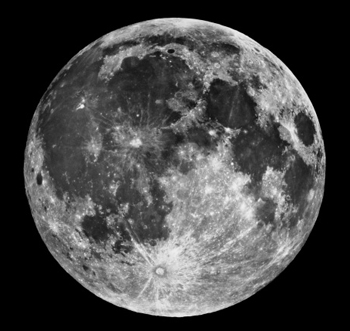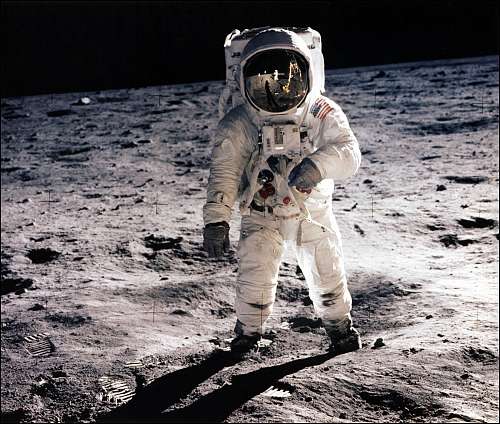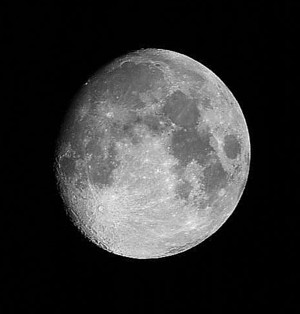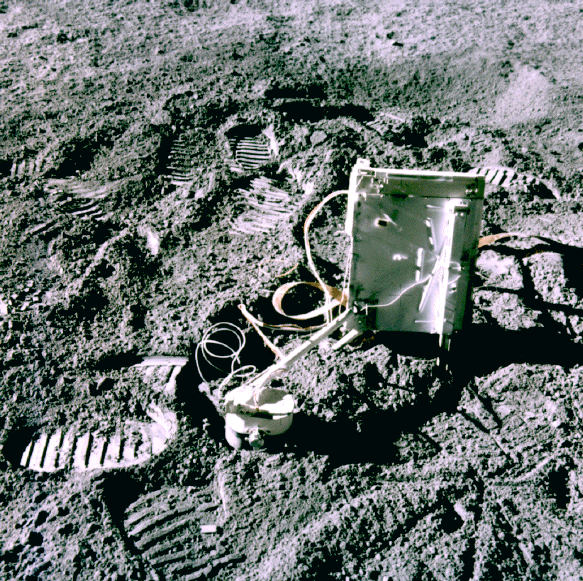[/caption]
Have you ever heard that there’s a special time of the year when you’ll be able to see Mars in the sky so big that it looks like a double Moon? You might have gotten this as an email from a friend or family member. Here’s an example of the email.
The Red Planet is about to be spectacular! This month and next, Earth is catching up with Mars in an encounter that will culminate in the closest approach between the two planets in recorded history. The next time Mars may come this close is in 2287. Due to the way Jupiter’s gravity tugs on Mars and perturbs its orbit, astronomers can only be certain that Mars has not come this close to Earth in the Last 5,000 years, but it may be as long as 60,000 years before it happens again.
The encounter will culminate on August 27th when Mars comes to within 34,649,589 miles of Earth and will be (next to the moon) the brightest object in the night sky. It will attain a magnitude of -2.9 and will appear 25.11 arc seconds wide. At a modest 75-power magnification
Mars will look as large as the full moon to the naked eye. By the end of August when the two planets are closest, Mars will rise at nightfall and reach its highest point in the sky at 12:30 a.m. That’s pretty convenient to see something that no human being has seen in recorded history. So, mark your calendar at the beginning of August to see Mars grow progressively brighter and brighter throughout the month. Share this with your children and grandchildren. NO ONE ALIVE TODAY WILL EVER SEE THIS AGAIN
Are we going to get a chance to see a double Moon? I’m sorry, but this is a complete hoax and Internet myth. We’ve written many times about this on Universe Today. Here’s a link to a more complete article.
Each time this email hoax goes around the Internet, it doesn’t mention the year. It only says August 27th, but it doesn’t say what year. In reality, this email first started in 2003. But because the email doesn’t have a year, it keeps coming around year after year. There wasn’t a double moon back in 2003. And there won’t be one this year – whenever you’re reading this.
Mars did make a close approach back in 2003, but it was only slightly closer than it gets any other year that it makes a close approach to the Earth. It came within 34.6 million km. But if you don’t understand how far away that is, it’s hard to see that it can’t be anywhere near as close or big as the Moon. Mars looked like a bright red star in the sky. But nothing like a double moon.
What this email is trying to say is that if you put your eye to the telescope and looked at Mars at 75 power magnification, it would look about the same size as the Moon looks with the unaided eye. In other words, you’d see a double moon if you could somehow look at both at the same time – but you can’t.
I hope this helps clear up the double moon myth.
We’ve tackled this myth many times in the past. Here’s the one we did in 2006, 2007, and 2008.
Maybe you’re looking for the Double Moon music company?
You can listen to a very interesting podcast about the formation of the Moon from Astronomy Cast, Episode 17: Where Did the Moon Come From?
Reference:
NASA: Beware the Mars Hoax









